Major story spoilers for
Batman: Arkham Shadow
ahead.
Batman’s Arkhamverse is a continuity that is superbly rich and intricate with beautiful treatments of DC mythology characters. That’s not to say the Arkhamverse has always been airtight in its lore across installments, however, with Suicide Squad: Kill the Justice League leaving a lot to be desired as it largely abandons what happens in Arkham games and spontaneously scrounges a Task Force X and a Justice League together out of thin air. Thankfully, Suicide Squad: Kill the Justice League follows through on the final frames of Batman: Arkham Knight profoundly by explaining and exploring the Demon Bat concept.
Part of the intrigue of prequel entries in the Arkhamverse, such as Batman: Arkham Shadow, is that they are beholden to everything that comes afterward; actions cannot be undone that were concretely laid in stone, for instance, and the way must be paved for established events to eventually occur. Batman: Arkham Shadow isn’t the earliest entry in the franchise’s chronological timeline, but it does have the responsibility of laying brickwork for a handful of characters. Now, coincidentally or not, it seems as though a boss fight against Batman’s “shadow” is meant to herald a similarly demonic visage of his later on.
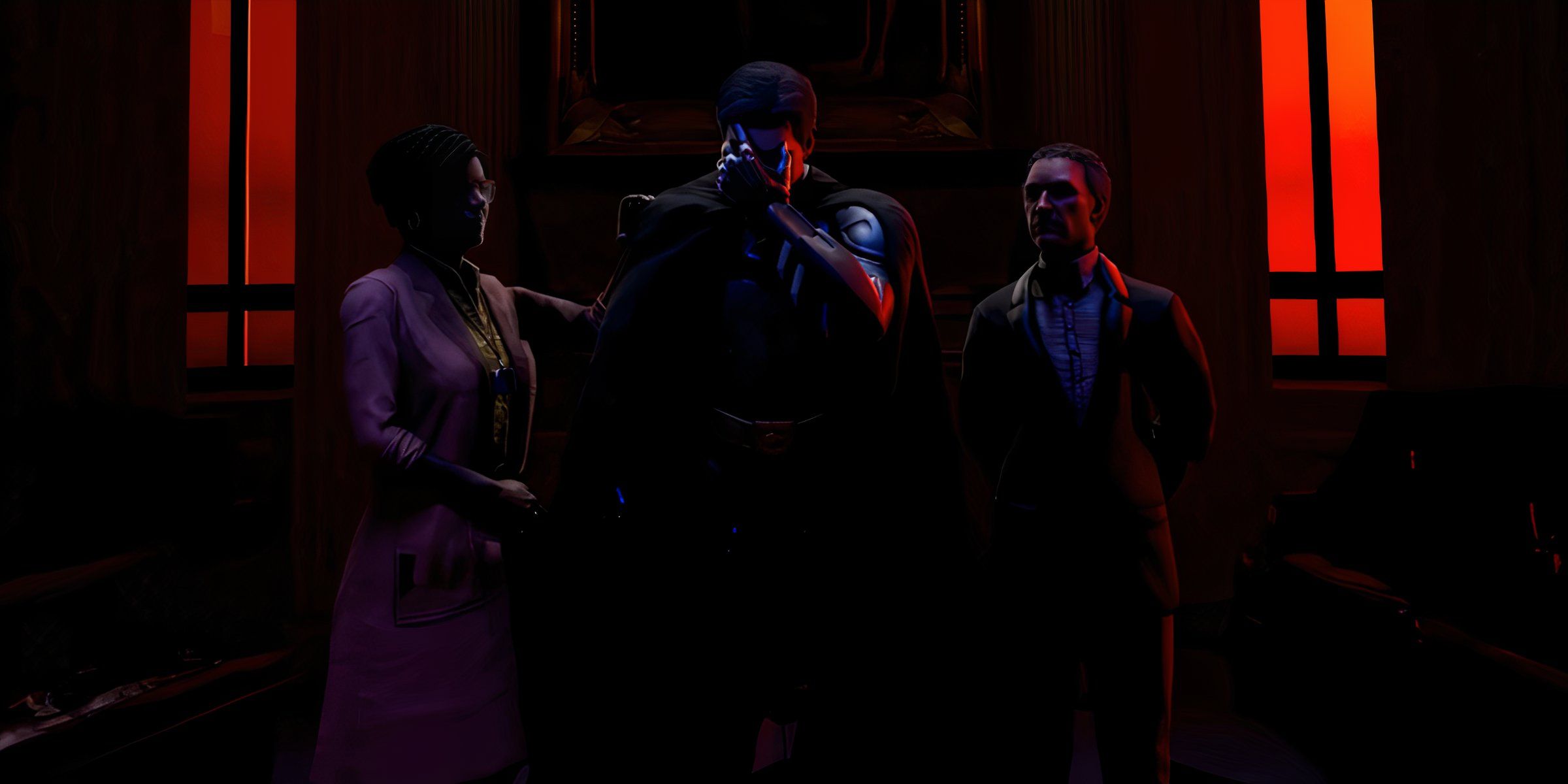
Related
Batman: Arkham Shadow Addresses a Long-Unanswered Arkhamverse Question But Doesn’t Close the Book on It
Batman: Arkham Shadow makes bold revelations about questionable Arkhamverse lore and leaves a page empty at the end of its poignant chapter.
Suicide Squad: Kill the Justice League Embraces Batman: Arkham Knight’s Demon Bat
Batman: Arkham Knight behaved fully as if it would be the last Arkham game ever conceived, and as such it attempted to shut as many doors as possible. The most obvious and damning of these attempts was staging Bruce Wayne’s death at Wayne Manor and having a fear toxin-induced demonic figure stalk criminals instead.
It had been left intentionally unclear precisely what this figure was until Suicide Squad: Kill the Justice League, where Rocksteady decided to explain that Bruce indulged in a brief stint as the Demon Bat until conveniently electing to join the Justice League with his Batman and Bruce Wayne identities still known to the public, as if becoming the Demon Bat at all was pointless. Either way, Suicide Squad: Kill the Justice League was able to exploit the Demon Bat for Batman’s boss fight.
Batman: Arkham Shadow’s Shadow Batman May Be a Purposeful Precursor to the Demon Bat
In an interesting turn of events, Batman: Arkham Shadow’s Shadow Batman boss fight essentially mimics Suicide Squad: Kill the Justice League’s Demon Bat boss fight (minus all of the latter’s frantic gunplay and mobility, that is). The parallels are plain between them in such close proximity and it’s sensible that they’d both be manifestations of Batman’s “shadow,” wielded as a tool to inflict horror.
A neat gimmick sees the gigantic Shadow Batman exploit the game’s singular chest insignia batarang by literally tearing a bat-shaped projectile from its chest like flesh and hurling it at players, with players retaliating by
hurling their own batarang from Batman’s chest
.
Because Batman’s implementation of the Demon Bat at the end of Batman: Arkham Knight and during Suicide Squad: Kill the Justice League was via fear toxin in the same way that Dr. Jonathan Crane manifests the Shadow Batman in Batman: Arkham Shadow, a connection between the Shadow Batman and the Demon Bat is not only logical but perhaps purposeful. Otherwise, both boss fights at least mirror one another as players stand on a platform in the middle of nothingness and go toe-to-toe with a massive, demonic Batman in the distance.
The latter takes a fiery, orange form with swarms of bats engulfing it while the former spews black bile and has a purple hue (nearly akin to Crane’s toxin-induced perception of Batman in Batman Begins). Nonetheless, they seem to represent the same side of Batman that he’s constantly repressing when apprehending criminals and stopping himself at merely breaking their bones, electrifying them with shock gloves, or having them swallow their teeth.
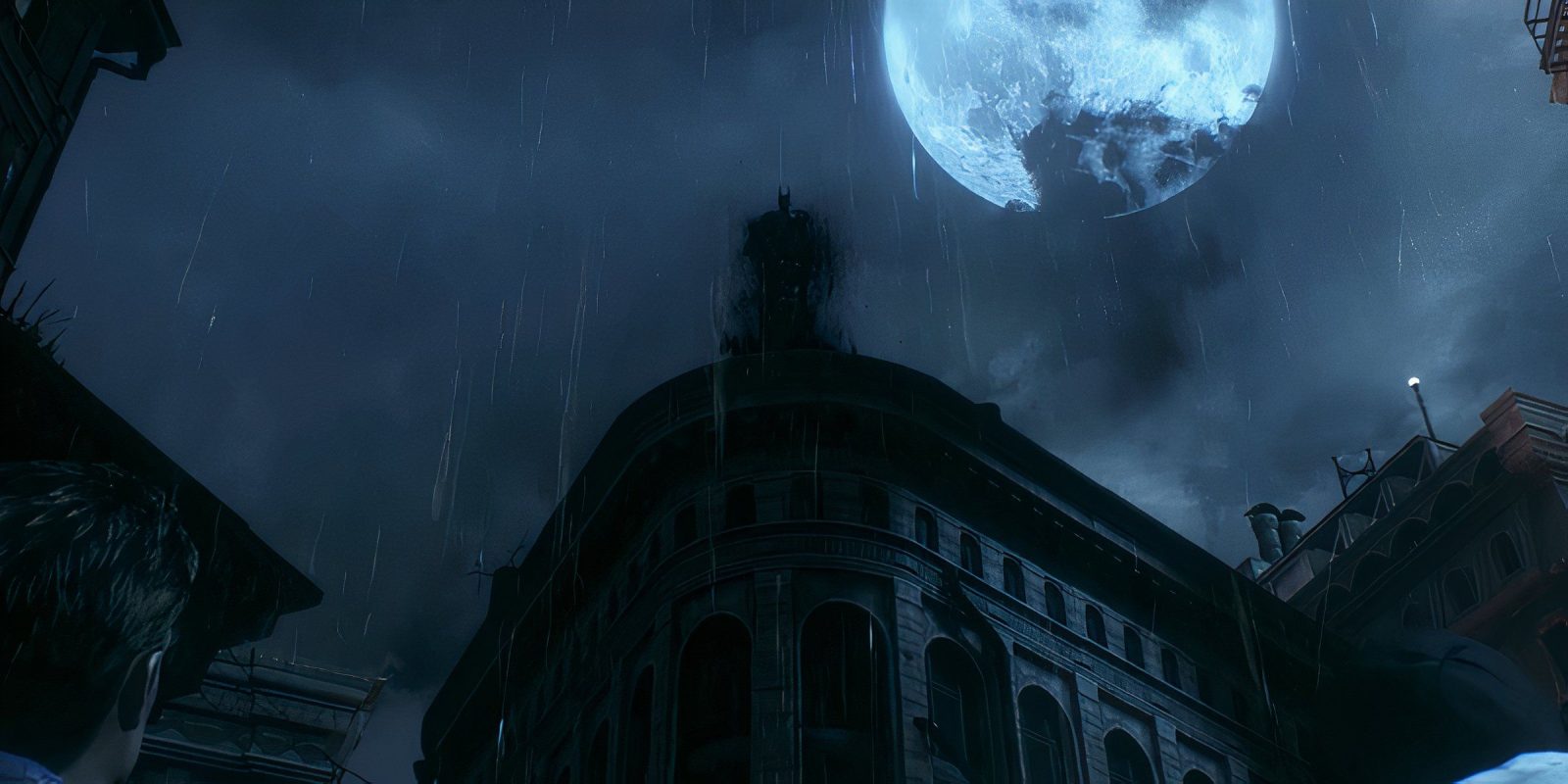
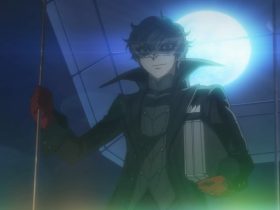
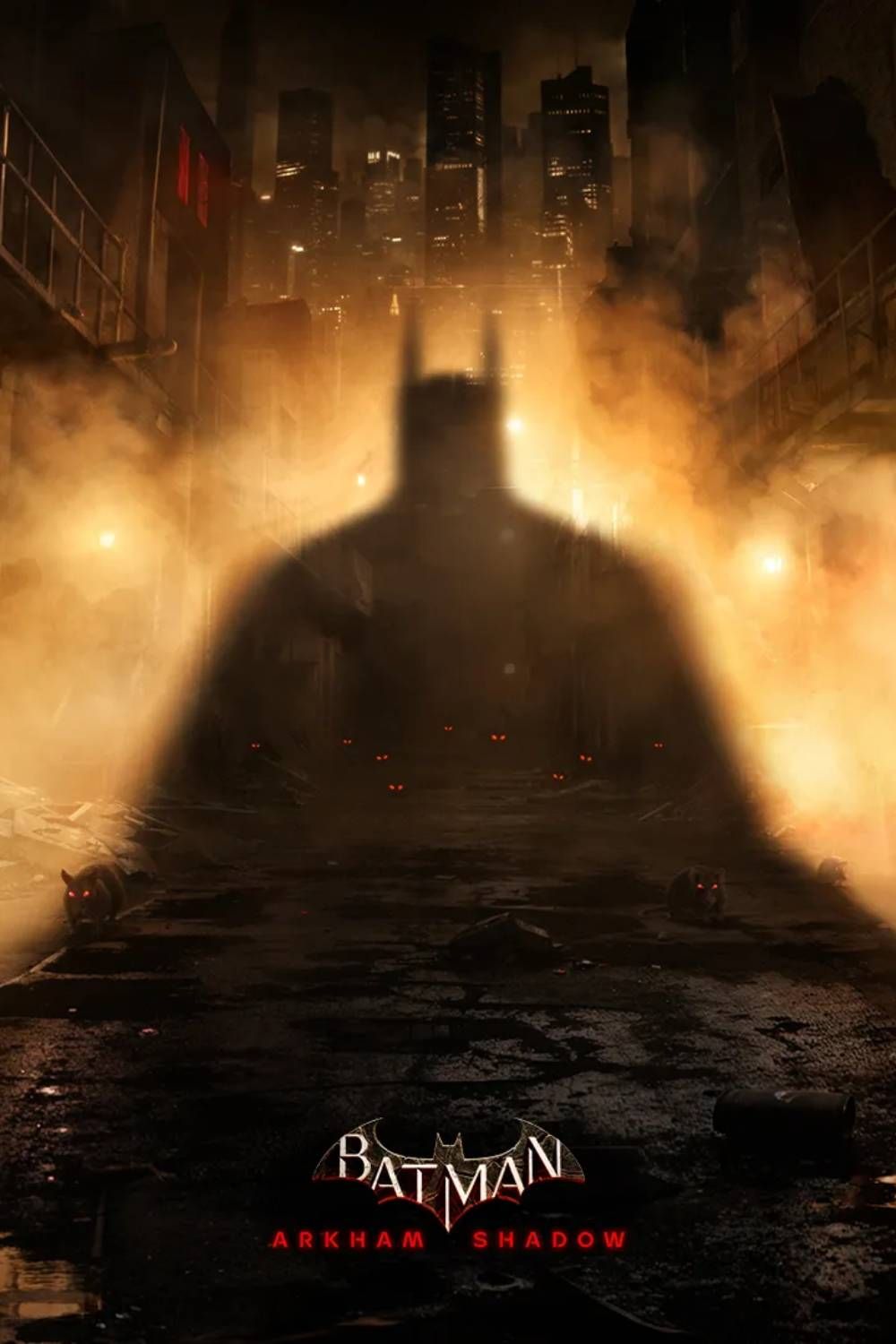



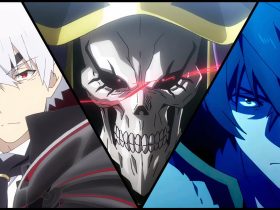


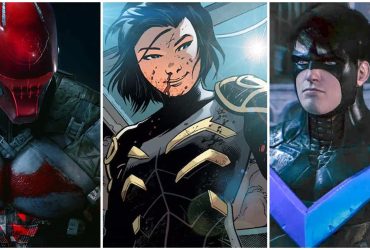
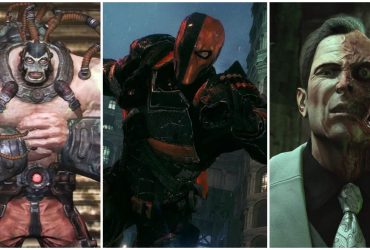
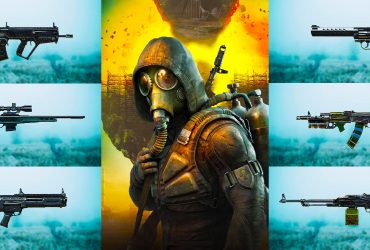
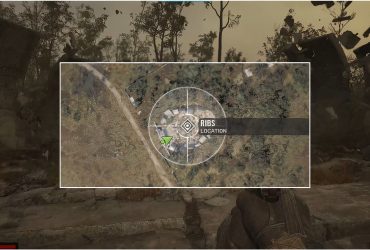
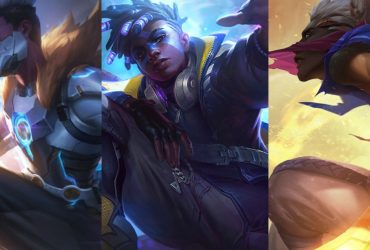
Leave a Reply